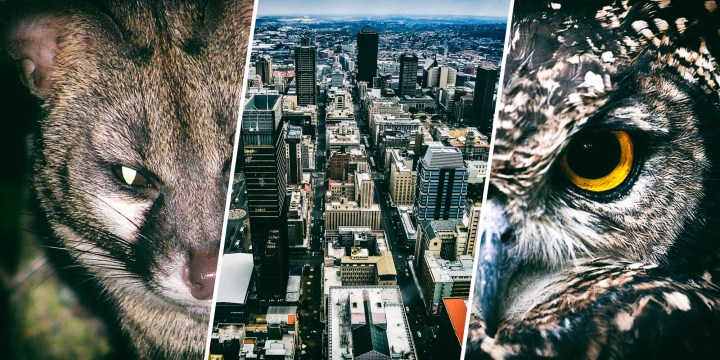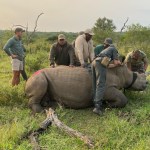JOBURG WILDLIFE
Why South Africa’s concrete jungle is still home to a host of multiple species

The natural wildlife that gives Gauteng its unique blend of city and nature can be found all around: In the sky, trees, underground, and even on roofs of houses. It is all part of a delicately balanced ecosystem that we must work to protect and maintain.
Johannesburg is the concrete jungle of South Africa, but that doesn’t mean other aspects of jungle life aren’t creeping around; the city is still home to a lot of wildlife despite its continuous growth.
Just this week, Quinton Jacobs, a digital marketing specialist, spotted a jackal roaming the streets of Randpark Ridge. “He was pretty calm overall,” Jacobs said. “He looked in pretty good condition, he was quite healthy-looking.”
Although Jacobs pointed out that this is an irregular occurrence in his neighbourhood, wildlife can be found all around the city if one just keeps an eye out.
“You can get puff adders, spotted eagle-owl, crows, bush babies, grey lourie, starling, guinea fowl, water mongoose, bullfrogs, genets; so many different animals that naturally occur in Gauteng,” said Agnes Maluleke, curator of carnivores at the Johannesburg Zoo.
However, many of these animals can now only be spotted in protected areas.
“They are affected by development that is happening around Johannesburg,” Maluleke said. “They are forcefully moved from their natural habitat.”
This often leads to an unexpected cohabitation of both wild animals and humans; genets (slender cat-like animals with a long body, a long ringed tail, large ears, a pointed muzzle and partly retractile claws) and other small animals often make homes out of people’s ceilings as a safe hiding place from both humans and their pets. The zoo and other animal rescue organisations often intervene in their removal.
Co-existing species
Genets, because of their slender cat-like features, get the better end of the deal. Other animals — such as snakes, bullfrogs, and even some birds — are not so lucky.
“A majority of people believe that you have to kill a snake on first sight because it’s believed that all snakes are venomous,” said Maluleke. “And unfortunately people associate the spotted eagle owl with witchcraft, so they are also killed.”
Both of these animals, along with other reptiles and amphibians that might initially scare people, are part of a delicately balanced ecosystem. They often eat rats, other small rodents, and insects that could be considered a greater nuisance to the community. Maluleke attributes the overpopulation and aggression of rats in Alexandra to be a direct result of their lack of predators, including simple house cats.
Although the various green belts and parks around the city provide respite to some animals, Maluleke warns about the dangers of forgetting animals from other habitats. “We should also consider animals that live in water with the creation of natural ponds,” she said.
This is just one sentiment that was echoed by Francois Durand, professor in the Department of Zoology at the University of Johannesburg. Although the greenery of the city is expansive, Durand stressed the fact that it is all artificially planted.
“The trees are all 95% exotics,” Durand said. “But that’s not the point of grass and grassland ecologies.”
Grassland ecologies, like what used to be Gauteng before extensive development, thrive on a cycle of life and death. The grass is not meant to be fully grazed in the winter, which then burns without singeing the roots, only to grow again in the spring rains. Trees are kept from growing too tall with the yearly fires, and the entire ecosystem is in balance.
Encroachment
This balance is upset when humans develop over grasslands and suppress natural fires.
“The massive developments in Midrand between Johannesburg and Pretoria are exactly the world’s hotspot for breeding areas for the African jungle frog, which live largely underground,” Durand said. “When people do the [environmental] impact assessments, they go out in sunlight — not in the middle of the rainy season — so they don’t see the bullfrogs. So by the time they’re developing, they don’t care what they’ve squashed and trampled on.”
With the loss of bullfrogs comes an overpopulation of insects, a decrease in numbers of their natural predators, and an out-of-balance ecosystem.
“We need to not just create green areas, but rather encourage people to create a safe living area in their backyards,” Maluleke said. “If you do not understand or appreciate what you have in the back of your garden, instead of getting someone to come and kill it, rather get someone who can move it to a place where it can be given a second chance to survive — particularly insects, reptiles, and amphibians. They have a very important role to play in the ecosystem.” DM/OBP
For tickets to Daily Maverick’s The Gathering Earth Edition, click here.



















 Become an Insider
Become an Insider
Comments - Please login in order to comment.